The Demon Pacing
I was going to blog about something else today until I realized we haven't mentioned the one thing that can turn an ordinary, pleasant manuscript into a brilliant diamond. Or it can make it a giant demon on the back of anyone who dares to read it. We've talked about a lot of the elements of good pacing, but not pacing itself.Pacing is the Demon of all writers. Go to a workshop on Pacing and you're likely to come out asking yourself what the presenter said for an hour. I think most of the time presenters just say the pacing needs to be tight, leaving the attendee asking, "Yes, but how?"
Well, the problem is, it's a very complex subject, and probably one of the most difficult things to get right. In fact, it's even hard to define. Yet it's simple, in one way. Poor pacing means the reader can't wait to get to the end to get rid of the story. Good pacing means she can't wait to get to the end so she can go back and read it all over again.
It's easier, actually, to talk about what makes pacing good or bad than it is to define it because pacing involves so many different techniques and elements. The simple mechanics of writing are involved, but so are important elements like Goal, Motivation and Conflict (capitalized to remind you to get and read Debra Dixon's book of that name.) It can be the ticking time bomb in your story or the empathy you've created. It is the degree of involvement you reach with your reader.
To begin with, you must hook your reader, for any story you write must interest the reader or it will appear to drag. You don't have to achieve complete reader identification right off the bat, but you do need to create a character readers will care about in some way, and you want to put him in a dilemma that the reader will want resolved. You must create a plot that keeps the reader wondering if it will reach a happy conclusion, or if the world will blow up and nothing will ever matter again. But assuming you've done all that, and you're down to the nitty gritty of polishing, but you're still getting comments about picking up the pacing, what do you do?
Pacing is about Time, but it is about Fictional Time. As writers of fiction, we can play with time, speed it up, slow it down, even stop it, and that can't happen in the real world. We can jump
forward by days, months, years, skip past uninteresting things, and we can even step back in time, while the real world must lumber on at a steady pace. But there is a sense of time within fiction, too, and it must meet the readers' expectations. If the author wastes the reader's fictional time, it becomes as frustrating as wasted time in real life.
Here are some, but far from all, things you can do to achieve better pacing:
1. Look at actually removing unnecessary words. Romance writers are more flowery with words than other writers, I think. They want to paint vivid pictures. But sometimes they over-do it.
2. Don't describe any object or setting more than once, or if you go back into the setting, mention one thing, preferably something different. Use one adjective or adverb if you must, but avoid two. I had a story where I called the hero's horse his great dark brown warhorse over and over. Enough already. The readers got it the first time. Give the blasted horse a name. Simplify.
3. A chain of modifiers actually weakens a description or action just when you want to strengthen it. Here's where Show Don't Tell and strong verbs come in. If you want strength and a dynamic power in your writing, cut out all those adverbs ("he went unwillingly") and find strong active verbs that jolt the picture into view ("he trudged"). Get rid of any form of the verbs "to be" and "to go". And look out for other weak verbs.
How do you know a verb is weak? Look at the action it portrays. "Going" can happen in a thousand different ways. How does the reader know which one to picture in her mind? You have to attach an adverb to it, which takes more time and space, but that then becomes you telling the reader what to visualize. On the other hand, "trudging" is a specific action, and creates an instant picture, one the reader sees without you telling her what to see. So by hunting out and replacing weak verbs and modifiers with strong verbs, you're both shortening and tightening your writing and providing action. (Don't over-do this. It can make the reader feel pounded in the head.)
4. Women authors more commonly re-describe than men do. By that, I mean we're not content with saying something once, but we go back and explain what we said, then we show it, then we interpret what the character thinks about it. That's if we didn't have the character plan ahead the action in his mind before--- oh, you get it. You got it the first time. The rule is: Resist the Urge to Explain.
5. Omit and tighten unnecessary dialog. We've said that before. Don't chat about the weather. If you do, make it a joke that pertains to the story, and make sure the story dilemma lingers in every single word of your joke.
6. Look at your scenes. Does each scene have importance to the story? The famous tennis player Billie Jean King said, "Never confuse motion with action." In tennis, the player running ll over the court is in motion. The player hitting the ball, following a course of action, winning the game by the way it is played, is in action. Who would go to watch a tennis match where the players simply ran around the court? Heck, we don't even like seeing a one-sided match. We want it contested all the way. We love a match won at the last stroke.
Use this analogy to study each of your scenes. Ask yourself how much the scene contributes to the story. If you say it's meant to show character, and can't think of anything else, you've got the wrong scene. Because--
7. ONLY show character by action (not motion). A man is what he does. He does what he is. Showing a character in action, that is, doing something that changes the story, is the best way for the reader to understand who he is. Never tell the reader who the character is. Always make her watch him doing something that shows who he is. And cut out any scene that doesn't move the story forward.
8. Don't throw in gratuitous sex or sexual tension (unless you're writing erotic romance or erotica-- or mysteries for men). What do I mean by that? We all know sexual tension powers a romance. Well, no, it doesn't. Sexual tension is a result, not the main force. To make it work, it has to be backed by more than sudden attraction. The main conflict of the story must be wrapped up and driving the sexual tension. And that comes from the dilemmas inside the characters' heads. The difficulty with throwing sex into the story just to have it there is that it actually tends to bring the story itself to a screeching halt. If it needs to be there, integrate it completely with the story's conflict.
9. The biggest pacing killer, for me, is internal monologue. I'm an analytic thinker, and that means a lot of my life goes on inside my head. But guess what? I'd make a boring character in a book. Putting a character's thoughts in a book can really slow down the pacing. You need some, yes, but be careful about long passages, especially if they take up whole pages or separate pieces of dialog in large chunks. Eyeball your pages. Do you have some white space other than margins? If not, chances are a lot of thinking is going on. And if there's too much thinking between speeches, the reader has to go back and re-read to remember what was said before.
Why is thinking a show-stopper? Well, back to the action analogy here. Thinking is usually about planning, which is a future activity or fretting (dithering) about something in the past. Both the past and the future stagnate a story. Action is in the present. Let your hero plan, but make him decisive, and get it over, fast. Let your heroine rue the day before, but keep it down to a paragraph. And only once. If she keeps on thinking about the past, she sounds whiny.
Yes, you must have some moments in your story that slow it down, but most of us don't need anywhere near as much as we put in. So just keep thinking as you polish, Action, not Motion. If your Demon is pacing around in circles, he's not going anywhere. And neither is your story.
There must be a hundred more ways authors can improve their stories' pacing. Anybody else have any suggestions?

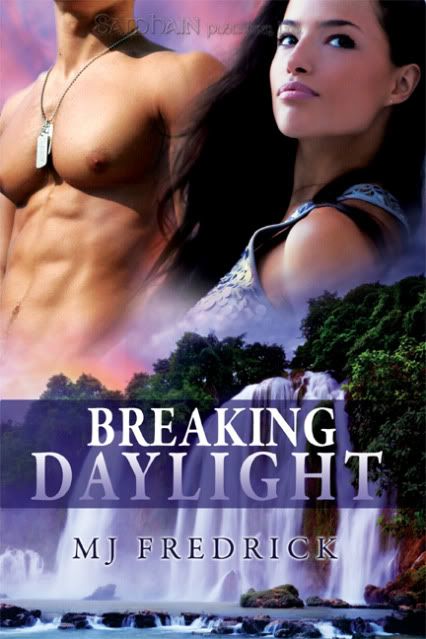






























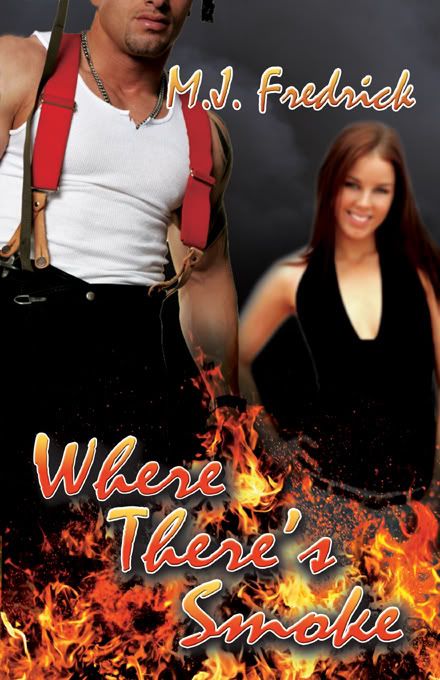

























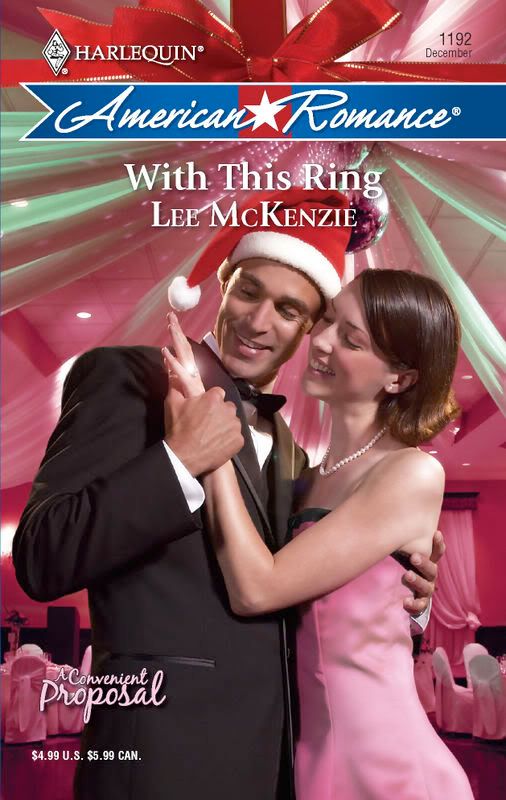





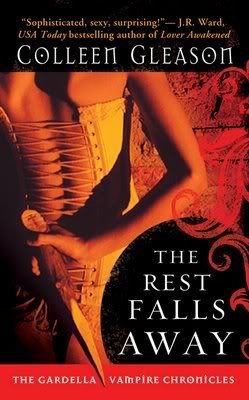

































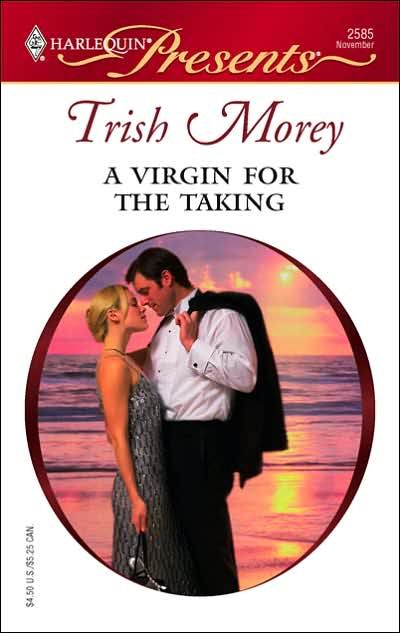









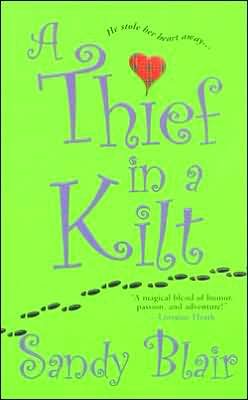

















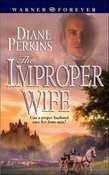




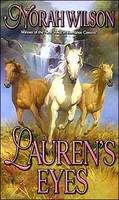











8 Comments:
Very perceptive observations, Delle!
I do try to make sure the scene is moving along Both the h/h conflict and the external plot. I'm not always there yet, but it's slowly getting better :)
It only works when I've come back to it a day or two later, however. I'm just too fond of (or utterly despise) my words when they're fresh.
And your "only show character by action" is excellent, and something I'll definitely need to go back and examine in my story.
Really superb job, Delle! It IS a complex subject.
All I can think to add is that when I need to speed up my story (say for a fight), I make my sentences shorter and sharper, employing more fragments. I use very little environmental detail (who has time to notice that stuff in a battle?). Just a tight focus on what's going on. When the crisis is over and the reader has earned a resting point, I relax the prose and widen my camera angle, so to speak.
Love your admonition to show character, rather than try to tell it. How did you put it? "A character will do what he is." Brilliant.
This was a great post and so helpful, I printed it.
I loved the advice of 'ONLY show character by action not motion'. That is probably the best advice I have ever read anywhere. I need to keep that in mind with my writing.
The flowery prose and internal monologue are things that I worry I don't have enough of, LOL. Having grown up on Woodiwiss and Spencer, I keep thinking that I need more.
Thank you, Ms. Jacobs, for such a great post.
I forgot something-- something I'm just learning all over again right now.
I'm doing NaNoWriMo (National Novel Writing Month) in which the object is to complete a 50,000 word novel in one month. All who do are "winners".
I know mine will be much longer and I don't care about "winning" but I do want to write very fast.
I notice when I slow down or don't want to write, it's either because I don't have a vivid picture of what's going to happen or because it doesn't interest me. Uhm, f it doesn't interest me, why write it? No one else will be interested either.
So I'm consciously skipping whenever I find a spot that bores me. When I go back for the second draft, I'll either find something worth inserting, or I'll do a quick transition, such as "Later that day..."
As my friend Shirley says, "I try not to write the boring parts."
Great tennis analogy, Delle.
It took me years of writing before I realized if I was bored, the reader would be bored.
I also liked the part where you said, "Good pacing means she can't wait to get to the end so she can go back and read it all over again." That's when you know a writer has hooked you and can take you anywhere.
Great post. So much to watch out for, think about, consider. It leaves my mind reeling at all the pitfalls to writing a good romance.
I like the "show character by action" theory too. Now I have to check my WIP for it! Another great post by the Posse. This stuff is fantastic. I have gone back to map out a path of my scenes to see if each one leads to the next and moves the story forward. Sometimes it is so hard to tell! (Waving to my fellow Passion's Slaves - Gillian and Terry!)
Post a Comment
<< Home
Subscribe to Post Comments [Atom]